A racer, his fan, and the #6 stock car that forged their bond
If you grew up watching NASCAR in the post-Days of Thunder golden age of the mid-’90s—and you were a Ford fan—then odds are fan of Mark Martin and his #6 Valvoline car. He was the anti-Intimidator; Dale Earnhardt may have been larger than life, but Mark Martin was quiet and reserved, and he always raced clean. If you saw Mark in your mirror, you didn’t have to worry about him pulling the ol’ bump-and-run, but he had plenty of other tricks up his sleeve to get by. Over an incredible career spanning over three decades, Mark Martin won 40 races and the hearts of countless fans.
Like many millennials, Landon Best grew up watching Mark Martin tear up the track. He’s lived his whole life in Maryville, Tennessee, a suburb of Knoxville, where he works as a maintenance technician. Like many NASCAR fans, he grew up collecting souvenirs of his hero: die-cast cars, trading cards, posters, shirts, and racing programs. “My father was always watching races and had been an avid fan for a long time,” says Best. “We would make it a habit to watch the races on the weekends while we were home. It seemed like every year we attended both Bristol races and, at the time, all three Charlotte races.”
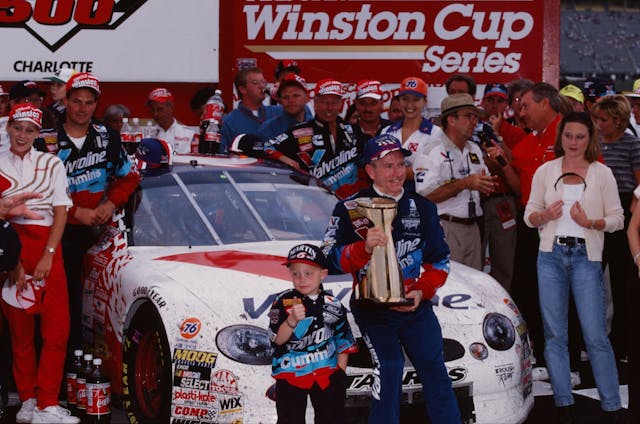
As a kid, Best latched onto Mark Martin. Like many young racing fans, he was drawn in by the colorful paint scheme of the driver’s #6 Roush Racing Valvoline Ford.
“Growing older and realizing how he was as a person and a racer made me like him even more,” Best explains. He started cheering for his favorite driver around 1998, when the Thunderbird gave way to the Ford Taurus.
While NASCAR race cars hadn’t shared much with their roadgoing counterparts for many years, the Taurus marked the first time in NASCAR history that a stock car ran with two-door coupe sheetmetal when no equivalent street version existed. The Taurus was remarkably aerodynamic, which made it competitive in an era in which Dale Earnhardt and Jeff Gordon were utterly dominant in their Chevrolet Monte Carlos. The third-generation Ford Taurus was plenty polarizing, but for a generation of Ford fans, it will always hold a special place in their hearts.
In Best’s case, it holds an even more special place: in his garage.

***
Just about every racing fanatic has dreamed of owning a retired race car, not to mention one piloted by their favorite driver. Old race cars are often wrecked and rebuilt several times, and, eventually, discarded when they’re no longer competitive. They’re ephemeral by the very nature of their sport. However, they’re made out of the same metal, plastic, and rubber as any other car. Even when neglected, they tend to stick around in one form or another.

In 2020, Best purchased his first veteran race car, an older Craftsman Truck Series truck that was being used as a showpiece for a small business in South Carolina. After modifying it to be street-legal, Landon kept it for about a year before deciding to sell it. Instead, he’d buy and restore a Winston Cup car from his childhood: a Roush Racing-built Thunderbird campaigned by Mark Martin in 1996.
When he started the restoration, Best discovered inside the car Martin’s original custom-fit racing seat. That’s when he got in touch with his hero. So much for the old axiom; Martin wanted his seat back, and the path for a lasting friendship was laid. Best describes Martin as “one of the nicest and most humble people I’ve known.” Best and Martin remained in touch even after the former sold the completed Thunderbird to buy a #2 Penske Racing Ford Fusion raced by Brad Keselowski, as well as a #94 Bill Elliott Ford Taurus. Each sale or trade got Best closer to his goal of owning his Holy Grail: a #6 Roush Racing Ford Taurus.
***

Best found the Taurus you see here under a carport in Rockingham, North Carolina. The previous owner kept it under several covers, which somewhat helped protect it from the elements. While the car required a full restoration, it was preserved well enough for Best study the markings and learn more through research. Martin’ won an impressive, seven victories in 1998, and Best hoped that the car he had purchased was responsible for at least one of them. As it turns out, his car—Roush Racing chassis number JR51—brought home four victories.
Naturally, Best was overjoyed. He’d found the car of his dreams, a machine he’d cheered on as a young race fan. Martin was even more excited given his personal association with it, not to mention its role in NASCAR history at large. One of Mark Martin’s 1998 Ford Taurus race cars is on display at the NACSAR Hall of Fame in Charlotte, North Carolina, but Best’s car can claim more more victories under its serpentine belt.

Best’s current goal is to complete his restoration of JR51 in time for the next race at Las Vegas Motor Speedway in October. JR51 won the Las Vegas 400 in 1998—the first Cup Series race held at that track, as well as the first win for the then-new Ford Taurus.
Most recently, the car was sent off to the metal fab shop, where former Craftsman Truck Series competitor Ronnie Hoover completed the body work. Hoover has spent years hanging bodies and performing fabrication work for top Cup teams, so he was a natural choice for performing the delicate craftsmanship on such a historically significant car. JR51 had the 2000-style Taurus body on it when he found it, so considerable work was necessary to restore the car back to its original form.
Best handles much of the other restoration work in his suburban two-car attached garage, back in Maryville. No disrespect to Canepa Motors, but at least when it comes to old Cup cars, you don’t need a multi million-dollar facility to restore a vintage race car. (Just some very understanding neighbors.) According to Best, the hardest part of restoring these cars is sourcing all the correct parts—the engines, especially. “If you’re doing it right,” he says, “these engines are hard to come by and aren’t cheap.” Once you clear that obstacle, though, it’s smooth sailing. “The easiest part would probably be getting the driveline into the cars. They build them to make sure it’s super easy to pull an engine or transmission in minutes.”
That user-friendliness makes these cars well-positioned for participation in vintage racing events. These cars are rugged and relatively inexpensive, especially compared to contemporary sports racing cars. A turn-key vintage NASCAR stock car can often be found for under $25,000, and, so long as you don’t blow the engine, they’re pretty cheap to run. Even if you do blow an engine, you’re still likely enjoying a much cheaper weekend than the guy in the paddock next to you with a vintage Porsche. The camaraderie is a boon, too. A very active online community exists for these cars, as well as several vintage racing organizations that have racing classes specifically for old stockers. Companies like Stock Car Classics specialize in buying and selling parts to keep these machines roaring down straights in the hands of everyman owners who grew up watching their heroes drive them to victory lane.
Vintage racing is fun, and so is swinging wrenches. However, since many of these cars were used and re-used seasons on end, before being passed down through lower divisions, the research and investigation process can be intensive. For some, it’s the most entertaining part of owning a vintage stock car. “If anyone loves history and racing, then restoring a stock car or any race car is a great way to relive and honor the history of the sport and the driver,” Best says. “Every race car has a history. Being able to uncover it is the funnest part.”
Cam VanDerHorst is a stand-up comedian and lifelong car enthusiast from Cuyahoga Falls, Ohio.
Check out the Hagerty Media homepage so you don’t miss a single story, or better yet, bookmark us.
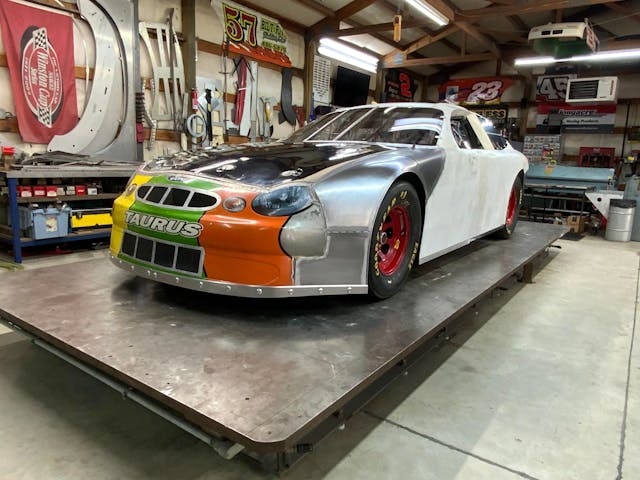
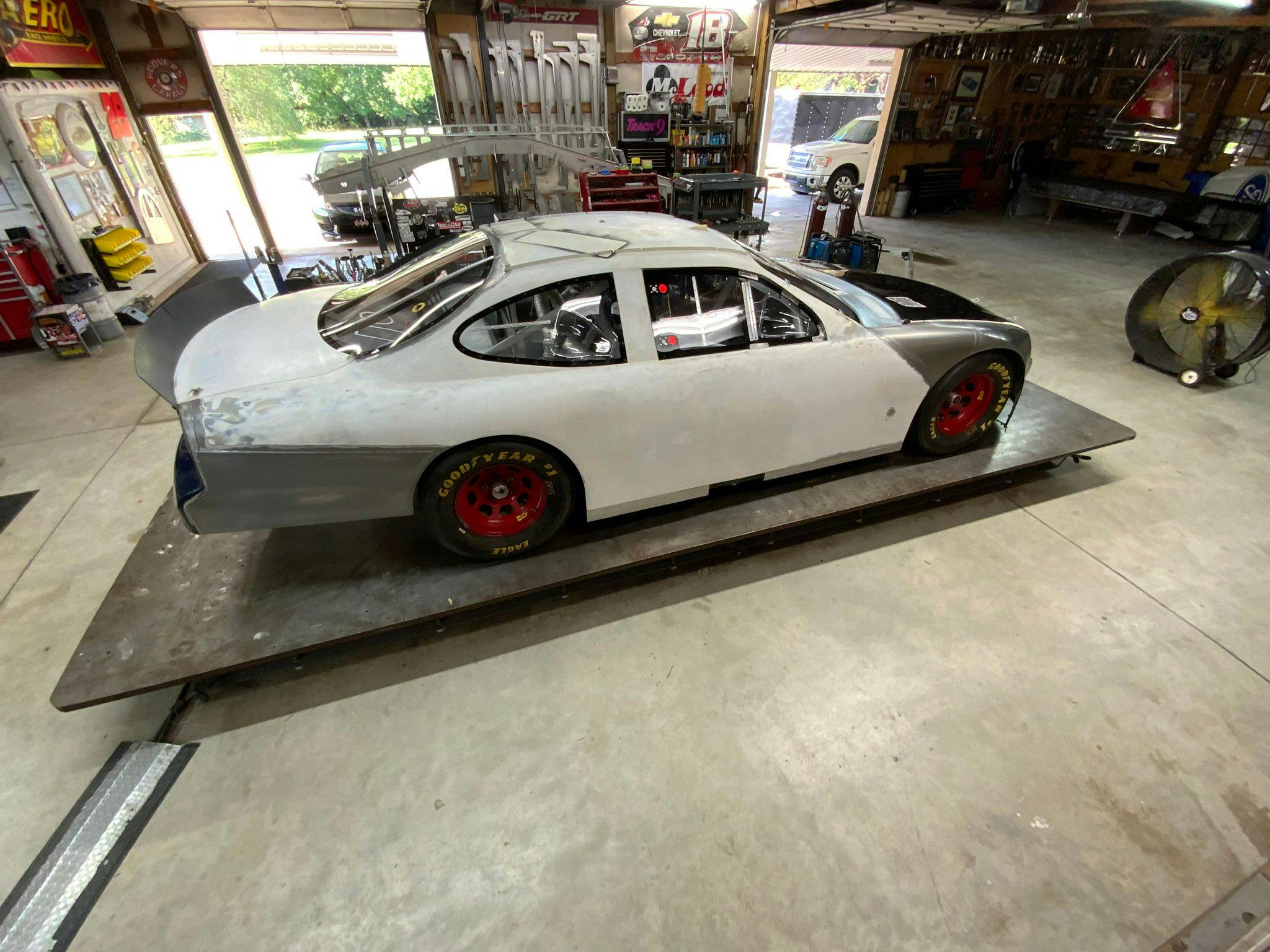

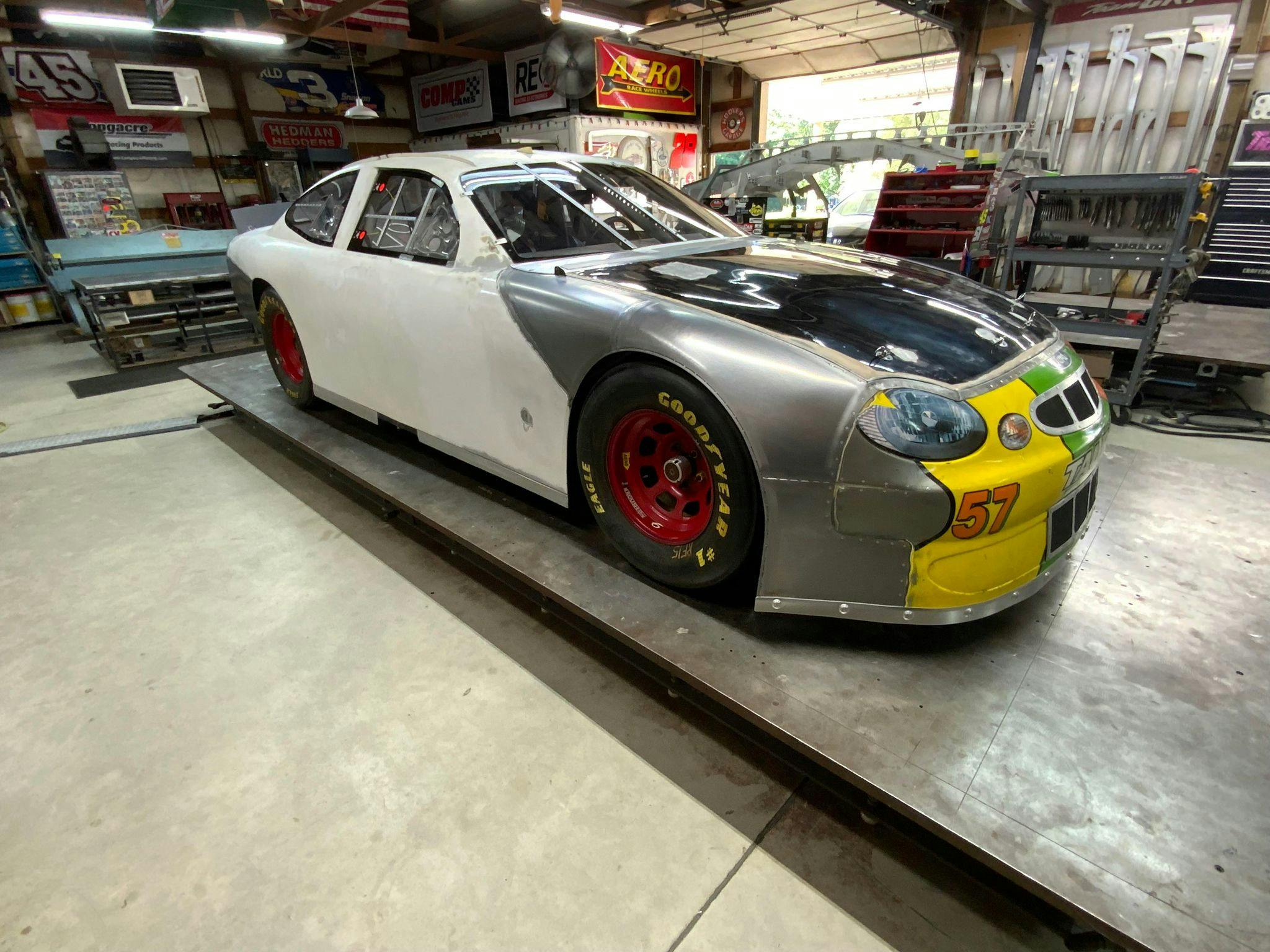

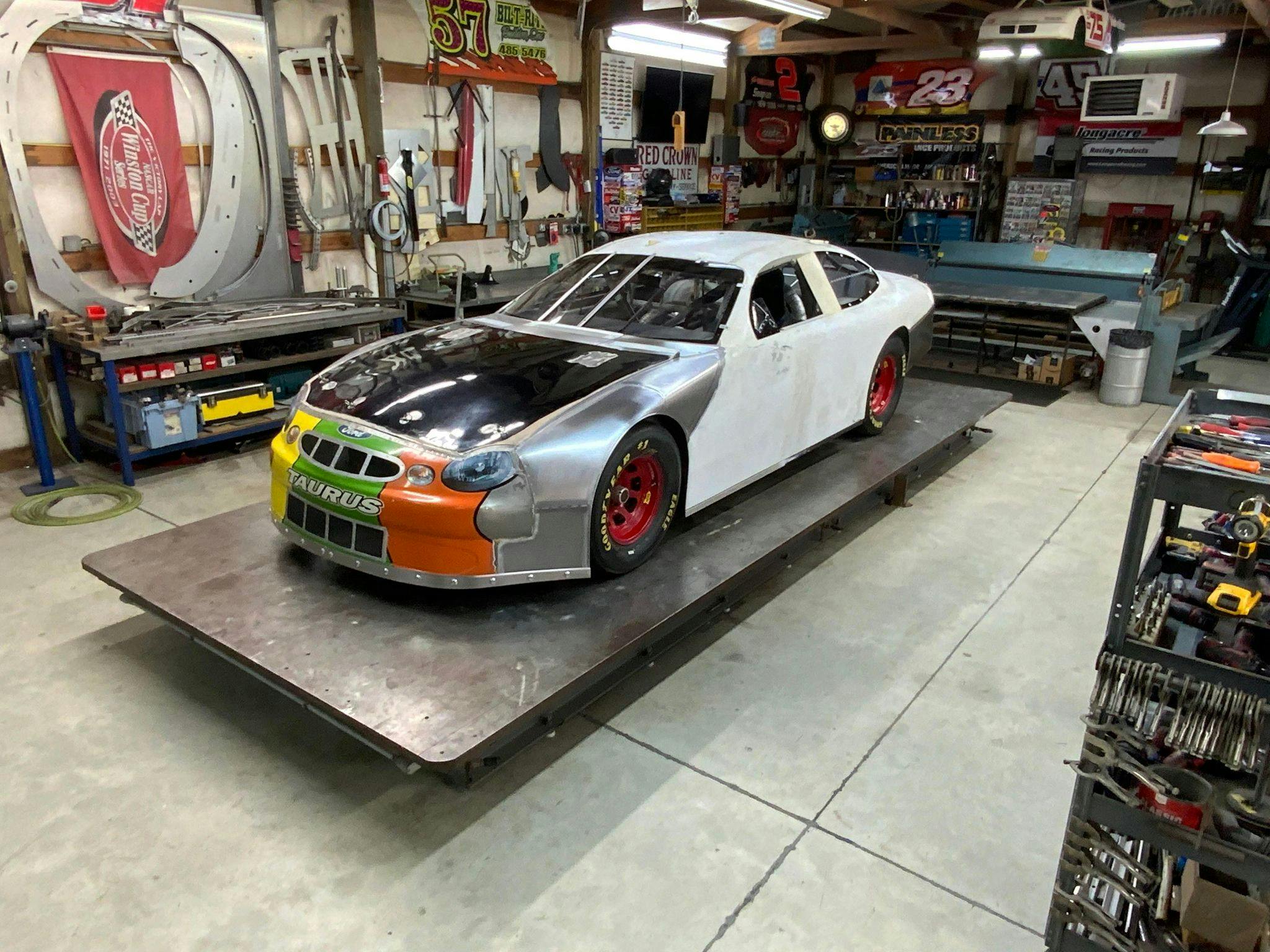
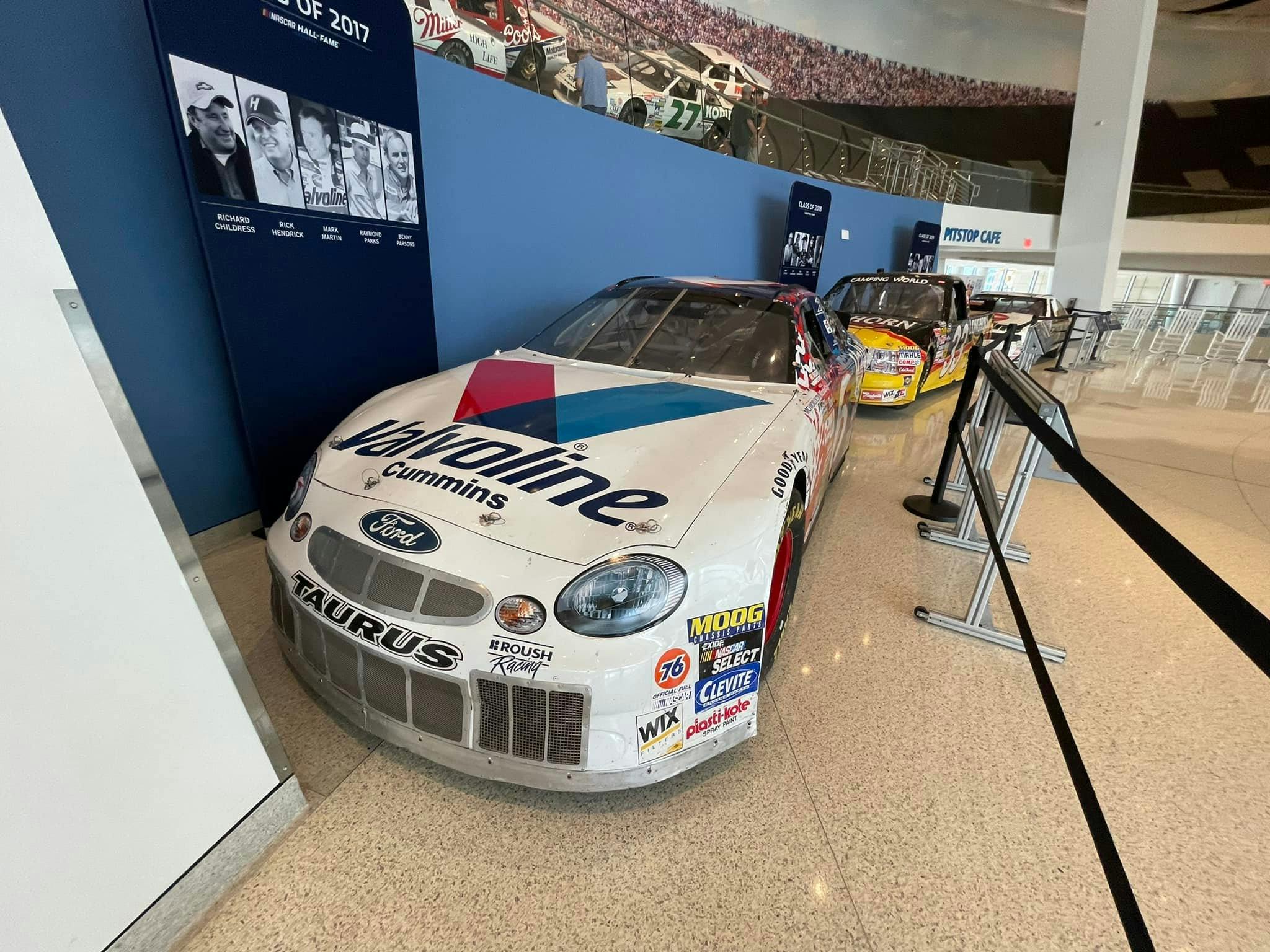
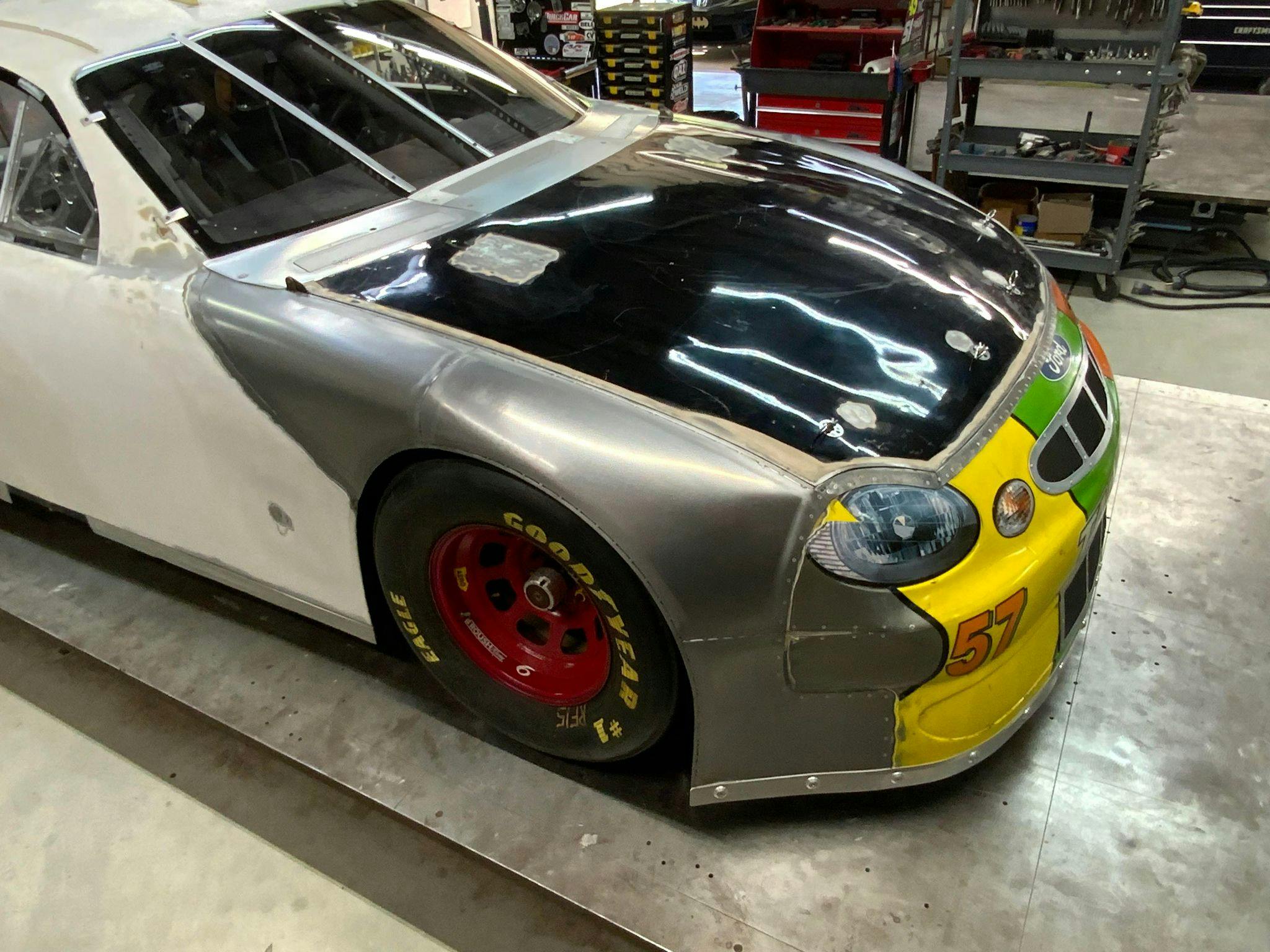


I must admit I’m jealous. I too am a Mark Martin fan. Stopped really watching after he retired.
Thank you Cam Vanderhorst for the great article and Landon Best for the opportunity to help turn this project around. 👍 Well done Cam and Well done Landon